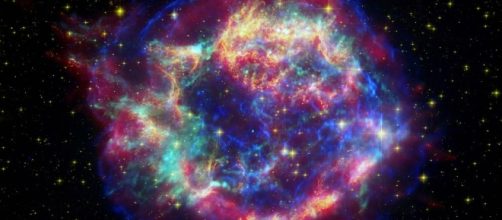Scientists built an Earth-sized "virtual telescope" by connecting radio transmitters from Boston in the United States to points in the South Pole, Hawaii, the Americas, and Europe. That effort will be ramped up in April when the Event Horizon Telescope (EHT) attempts to capture our first image of a Black Hole and its event horizon.
The object, cataloged as Sagittarius A*, was never directly observed. But it is believed in its existence due to the movement of nearby stars.They move around a point in space at a rate of thousands of miles per second, suggesting that the hole has a mass four million times that of the Sun.
Horizon of events
But as gigantic as it may seem, the "event horizon" - or the "edge" of the hole where the gravitational force is so strong that even light can not escape - should be no more than 20 million kilometers in diameter. At a distance of 26,000 light-years from earth, Sagittarius A* is only a tiny point in the sky. The EHT team is still very optimistic. Those 20 million kilometers of the black hole have a mass of around four million suns, yet Sagittarius A* would fit within Mercury’s orbit.
Though the EHT will spend 10 days gathering the data, the actual image won't be finished processing and available until 2018. The EHT team combines a fairly wide network of radio telescopes from various points on earth creating a giant virtual telescope capable of producing the resolution needed to observe the distant black hole in space.
Einstein Equations
Scientists have an idea of what they expect to see. Simulations based on Einstein's equations predict a bright ring surrounding a dark form. The light would be produced by gas and dust particles accelerated at high speed and destroyed just before disappearing into the hole. Already the dark area would be the shadow that the hole throws in this whirlwind.
By capturing the very first image, the Event Horizon Telescope will further the understanding of how black hole forms and looks like. Though not proven, there is a huge amount of valuable data that proves their existence.

